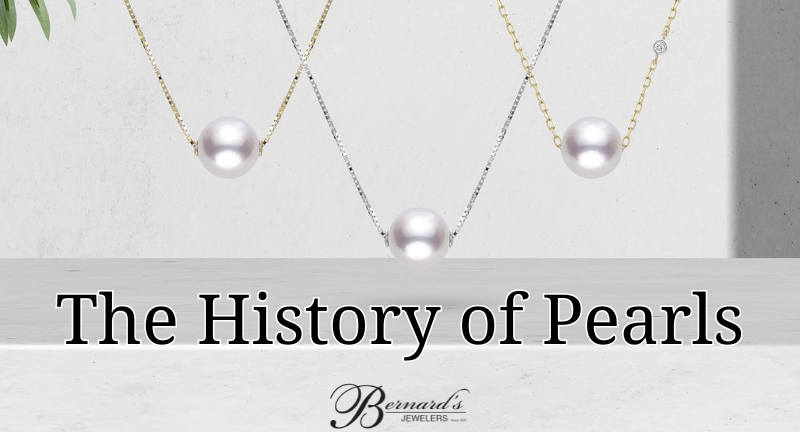Throughout history, pearls have captivated the hearts of people from all walks of life. These lustrous gems, formed within the depths of the ocean, have held a special place in the world of jewelry and fashion for centuries.
Ancient Beginnings
The allure of pearls dates back thousands of years. The first recorded mention of pearls can be traced to ancient civilizations such as the Egyptians and the Sumerians, who valued them for their beauty and rarity. In ancient Egypt, pearls were often associated with the goddess Isis and were believed to hold magical properties.
The Greeks and Romans were also enamored by pearls. The Roman general Vitellius reputedly financed an entire military campaign with the sale of just one of his mother’s pearl earrings. Throughout the classical era, pearls were associated with wealth, status, and luxury.
Pearls in the Middle Ages
During the Middle Ages, pearls continued to be highly prized. In Europe, pearls were often used to adorn religious icons and objects. The clergy and nobility cherished pearls as symbols of purity and divine beauty. Queen Elizabeth I of England was particularly fond of pearls and frequently incorporated them into her elaborate gowns and accessories.
The Renaissance and the Age of Exploration
The Renaissance brought about a resurgence of interest in pearls and jewelry as a whole. With the increased exploration of the New World, pearls from the Americas flooded European markets. Pearls, especially from the Gulf of Mexico, became a symbol of colonial wealth and trade.
However, the demand for pearls also led to overfishing and the depletion of oyster populations. This contributed to the scarcity and high value of natural pearls, making them even more coveted among the elite.
The Rise of Cultured Pearls
The 19th and 20th centuries marked a significant shift in the pearl industry with the development of cultured pearls. In 1893, Kokichi Mikimoto, a Japanese entrepreneur, successfully produced the world’s first cultured pearls. This innovation revolutionized the pearl market, making pearls more accessible to a broader range of consumers.
Cultured pearls are created by implanting a small nucleus into an oyster, which then coats it with layers of nacre, producing a pearl. This breakthrough not only increased the availability of pearls but also ensured more consistent quality and size, making them a popular choice for jewelry.
Today, pearls remain a symbol of elegance and sophistication. They have found their way into various forms of jewelry, from classic pearl necklaces to modern, avant-garde designs. Cultured pearls dominate the market, but natural pearls are still treasured for their rarity and historical significance.
Celebrities, fashion icons, and royalty continue to embrace pearls. Prominent figures like Audrey Hepburn, Jackie Kennedy, and Princess Diana have all made pearls a staple in their wardrobes, reinforcing the timeless appeal of these gemstones.
From their early discovery and association with wealth and divinity, to their evolution into a symbol of timeless elegance, pearls have consistently held a special place in human culture. Whether natural or cultured, pearls continue to be cherished and celebrated in the world of jewelry and fashion, making them a truly timeless treasure.
We invite you to stop in and see our collection of pearl jewelry at our Highway 80 location in Statesboro, Georgia.

